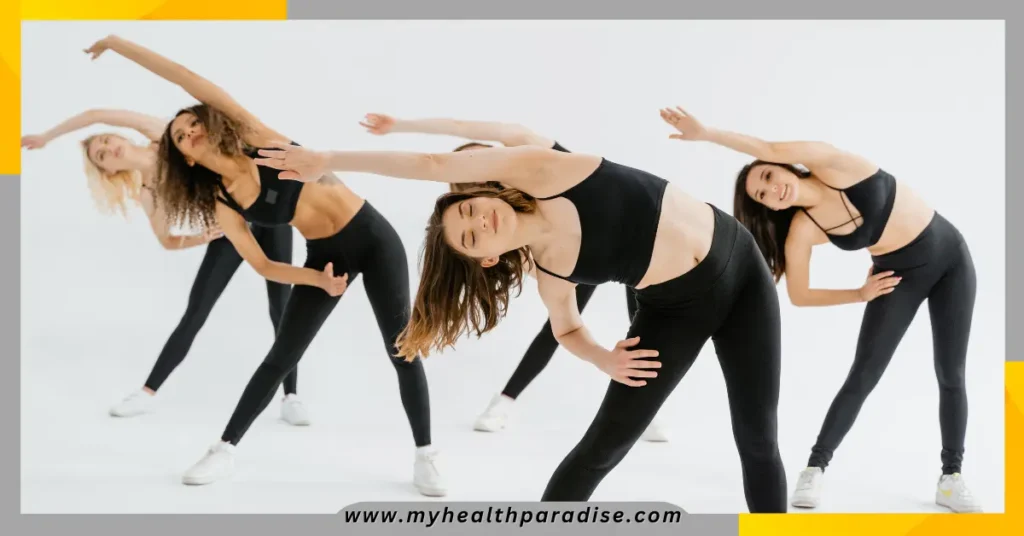The Importance of Compound Exercises in Your Workout Routine
In the realm of comprehensive fitness routines, compound exercises have attained significant importance.
These exercises are designed to stimulate a large number of muscles that function cohesively and in a synchronized manner.
By engaging multiple muscle groups simultaneously, these compound exercises promote strength and vitality, leading to a more formidable physique.
To appreciate the effectiveness and utility of these exercises, we shall delve into five crucial compound exercises that are indispensable for any well-rounded workout routine.
1. Deadlifts
Deadlifts are an incredibly effective compound exercise that targets and strengthens multiple muscle groups simultaneously, including the hamstrings, glutes, quads, lower back, and core.
To perform a deadlift, begin with your feet shoulder-width apart, toes slightly pointed outward. Bend down, gripping the barbell with an overhand grip, hands slightly wider than shoulder-width apart.
Maintain a straight back and lifted chest as you raise the barbell to your hips. Contract your glutes and lower back muscles at the top, and then slowly lower the barbell with control.
Besides enhancing leg and core strength, deadlifts enhance balance, coordination, overall power, and strength. If you’re new to deadlifts, start with lighter weights and progressively increase as your strength improves. Proper form is vital to prevent injuries.
Consider these additional tips for safe and effective deadlifting:
- Warm up adequately before commencing deadlifts.
- Choose a weight that challenges you without being excessively heavy.
- Maintain a straight back and engage your core throughout the movement.
- Avoid rounding your back during any part of the lift.
- Lower the barbell in a controlled manner to the starting position.
- Refrain from overextending your back at the top of the movement.
- Cease immediately if you experience any pain.
Deadlifts offer tremendous benefits for strength and overall fitness. However, it’s crucial to prioritize proper form and technique, starting with lighter weights to minimize the risk of injury.
If you’re new to deadlifts, consulting a certified personal trainer or strength coach can be beneficial in learning the correct form and technique.
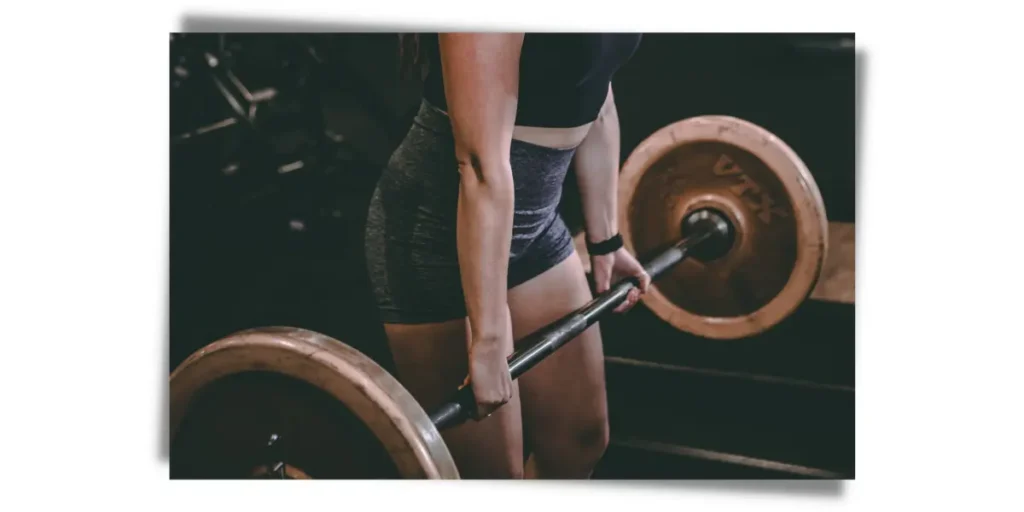
2. Squats
Squats are an exceptional compound exercise that effectively strengthens multiple muscle groups simultaneously, including the quadriceps, hamstrings, glutes, and lower back.
To perform a squat, begin with your feet shoulder-width apart, toes slightly turned out. Lower yourself down as if you were sitting back into a chair, ensuring your back remains straight and your core is engaged.
Descend until your thighs are parallel to the ground, or as close as you can comfortably reach without rounding your back. Then, exert force through your legs to return to the starting position.
Apart from fortifying leg muscles, squats enhance balance, coordination, overall strength, and power. If you’re a beginner, initiate with lighter weights, progressively increasing the load as your strength advances. Proper form is crucial to prevent injuries.
Consider these additional tips for safe and effective squatting:
- Prioritize a thorough warm-up before initiating squats.
- Select a weight that provides a challenge without overwhelming you.
- Maintain a straight back and engage your core throughout the movement.
- Avoid rounding your back at any stage of the squat.
- Lower your body in a slow and controlled manner.
- Utilize your legs, not your back, to return to the starting position.
- Immediately stop if you experience any pain.
Squats offer remarkable benefits for overall strength and fitness. However, it is vital to prioritize proper form and technique, commencing with lighter weights to mitigate the risk of injury.
If you’re new to squats, consulting with a certified personal trainer or strength coach can prove invaluable in mastering the correct form and technique.
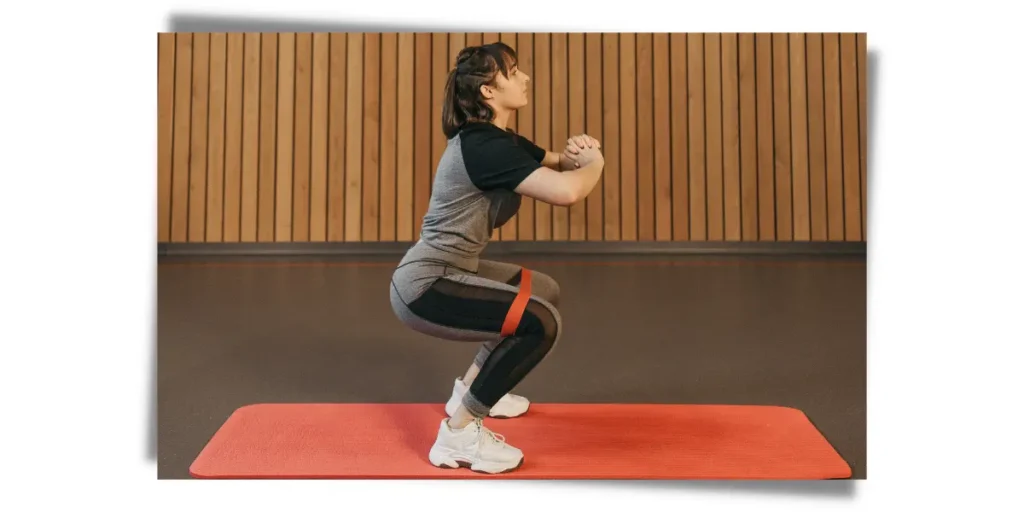

3. Bench press
The bench press is a timeless compound exercise that effectively targets multiple muscle groups, including the chest, triceps, and shoulders. To perform a bench press, you’ll require a weight bench and a barbell (although dumbbells or resistance bands can be alternative options).
Lie down on the weight bench with your feet planted firmly on the ground and slightly bent knees. Grasp the barbell with an overhand grip, hands positioned slightly wider than shoulder-width apart.
Lower the barbell gradually to your chest, maintaining close elbow positioning. Once the barbell touches your chest, exert force to push it back to the starting position, utilizing your chest muscles.
Throughout the movement, focus on contracting your chest muscles and keeping your back flat against the weight bench. Avoid relying on your shoulders or triceps for lifting the barbell. Repeat this motion for the desired number of repetitions.
Consider these additional tips to ensure safe and effective bench presses:
- Choose a weight that provides a challenge without being excessively heavy. If you struggle to lift the barbell using only your chest muscles, the weight is too heavy.
- Maintain a flat back against the weight bench at all times to safeguard your spine.
- Avoid arching your back during the exercise, as it can strain your spine.
- Lower the barbell in a controlled and gradual manner to prevent injuries.
- When raising the barbell back to the starting position, focus on utilizing your chest muscles rather than your shoulders or triceps.
- If you experience any pain, stop immediately.
The bench press is an excellent exercise for individuals aiming to enhance muscle mass and strength in their chest, triceps, and shoulders.
However, it’s crucial to prioritize proper form and initiate with a lighter weight to prevent injury. If you’re new to bench presses, seeking guidance from a certified personal trainer or strength coach can aid in learning the correct technique and form.
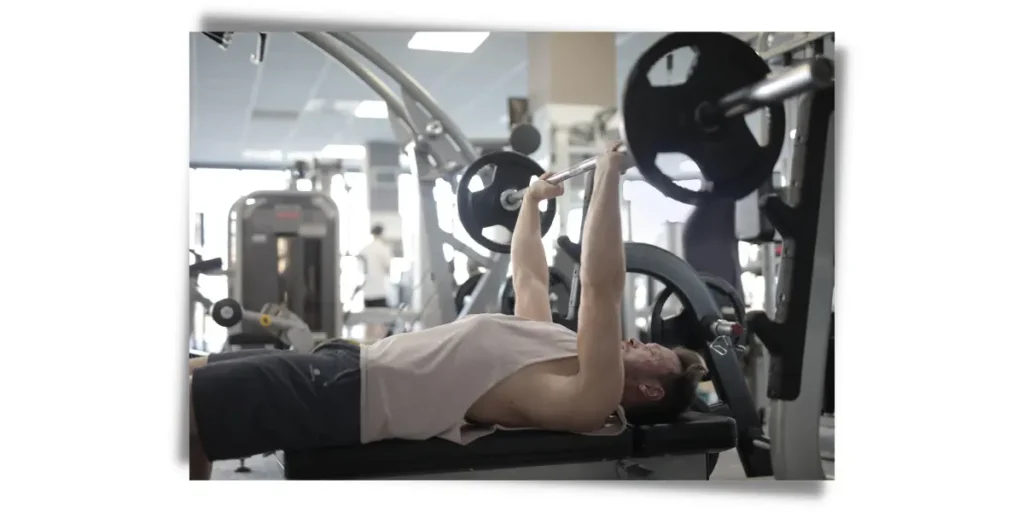
4. Pull-ups
Pull-ups are an exceptional compound exercise that effectively targets multiple muscle groups, including the back, shoulders, and biceps. To perform a pull-up, you’ll need a pull-up bar, which is the most common equipment, though a resistance band can be an alternative option.
Begin by gripping the pull-up bar with an overhand grip, hands slightly wider than shoulder-width apart. Hang from the bar with arms fully extended. Maintain a posture with shoulders back and chest up, then pull yourself up towards the bar until your chin surpasses it.
As you pull yourself up, concentrate on engaging your back muscles and keeping your core activated. Avoid relying on your arms to perform the movement. Gradually lower yourself back down to the starting position. Repeat the motion for the desired number of repetitions.
Consider these additional tips for safe and effective pull-ups:
- Choose a weight that provides a challenge without being overly heavy. If you struggle to pull yourself up using only your back muscles, the weight is too heavy.
- Maintain proper posture with shoulders back and chest up throughout the exercise to protect your spine.
- Avoid arching your back at any point during the movement, as it can strain your spine.
- Lower yourself down in a controlled and deliberate manner to prevent injuries.
- Focus on utilizing your back muscles, not your arms, to pull yourself up.
- Immediately stop if you experience any pain.
Pull-ups are an excellent exercise for individuals seeking to enhance muscle mass and strength in their back, shoulders, and biceps.
However, it’s crucial to prioritize proper form and begin with a lighter weight to prevent injury. If you’re new to pull-ups, consulting with a certified personal trainer or strength coach can help you learn the correct form and technique.


5. shoulder press
The shoulder press is a versatile compound exercise that targets multiple muscle groups simultaneously, primarily focusing on the shoulders, triceps, and upper chest.
For this exercise, you can utilize either a barbell or a dumbbell, although the former tend to be more commonly used. Resistance bands are also an option, albeit less prevalent.
To begin, position your feet shoulder-width apart with a slight outward toe-point. Hold the barbell or dumbbells in front of your chest, employing an overhand grip with your hands slightly wider than shoulder-width. Proceed to press the weight overhead while keeping your elbows close to your body.
During the upward movement, concentrate on contracting your shoulder muscles and maintaining engagement in your core. Avoid relying solely on your arms to execute the press.
Lower the weight gradually and with control back to the starting position. Repeat the sequence for your desired number of repetitions.
Consider the following additional tips for a safe and effective shoulder press:
- Select a weight that presents a challenge without being excessively heavy. If you struggle to press the weight using only your shoulder muscles, it’s an indication that the weight is too heavy.
- Throughout the exercise, ensure your elbows remain close to your body to safeguard your shoulder joints.
- Avoid arching your back at any point during the movement, as it can place unnecessary strain on your shoulders.
- Lower the weight in a deliberate and controlled manner to mitigate the risk of injury.
- Emphasize the use of your shoulder muscles rather than relying solely on your arms to press the weight.
- Cease the exercise immediately if you experience any pain.
The shoulder press is an effective exercise for individuals aiming to develop muscle mass and strength in their shoulders, triceps, and upper chest. However, it’s vital to prioritize proper form and begin with a lighter weight to minimize the risk of injury.
If you’re new to shoulder presses, seeking guidance from a certified personal trainer or strength coach can be beneficial in learning the correct technique and form.
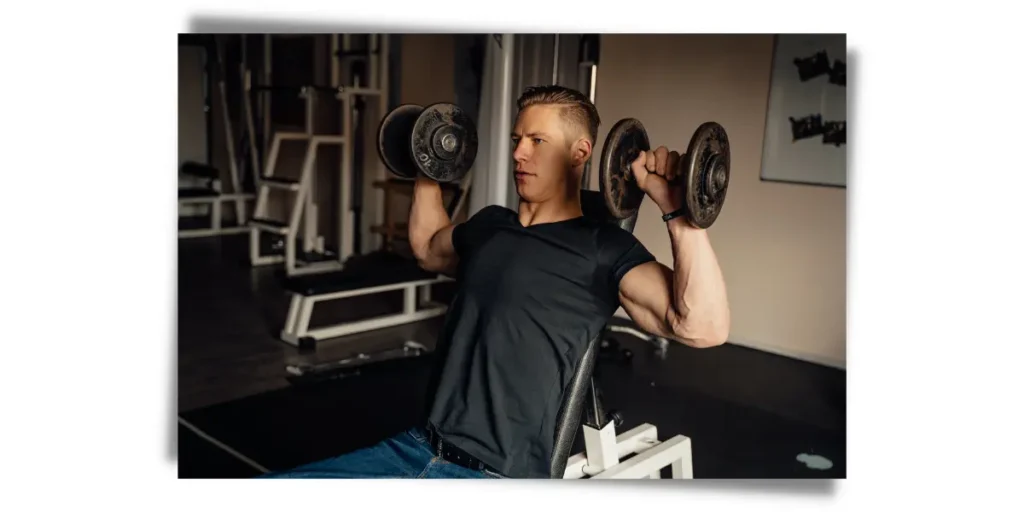
Conclusion
Including complex exercises in your daily workout routine helps you engage multiple muscles efficiently, saving time.
This approach accelerates the development of strength and muscle mass, yielding quicker and more effective results.
- 12 symptoms of stress You Mustn’t Overlook
- 10 Causes for Stress Headaches and Proven Ways to SOLVE THEM
- 11 Things You Need to Know About Stress Rashes
- What Can Cause Breathlessness – easy finding
- How to workout your abs at home – A Comprehensive Guide
- How to Workout with Dumbbells at Home: A Comprehensive Guide

The My Health Paradise team consists of highly experienced and credentialed health and fitness experts dedicated to helping individuals achieve optimal wellness. Our team is based in the USA and has advanced degrees and certifications from top institutions such as the American Council on Exercise (ACE), National Academy of Sports Medicine (NASM), and the International Sports Sciences Association (ISSA) in personal training, nutrition, physical therapy, and sports medicine.
